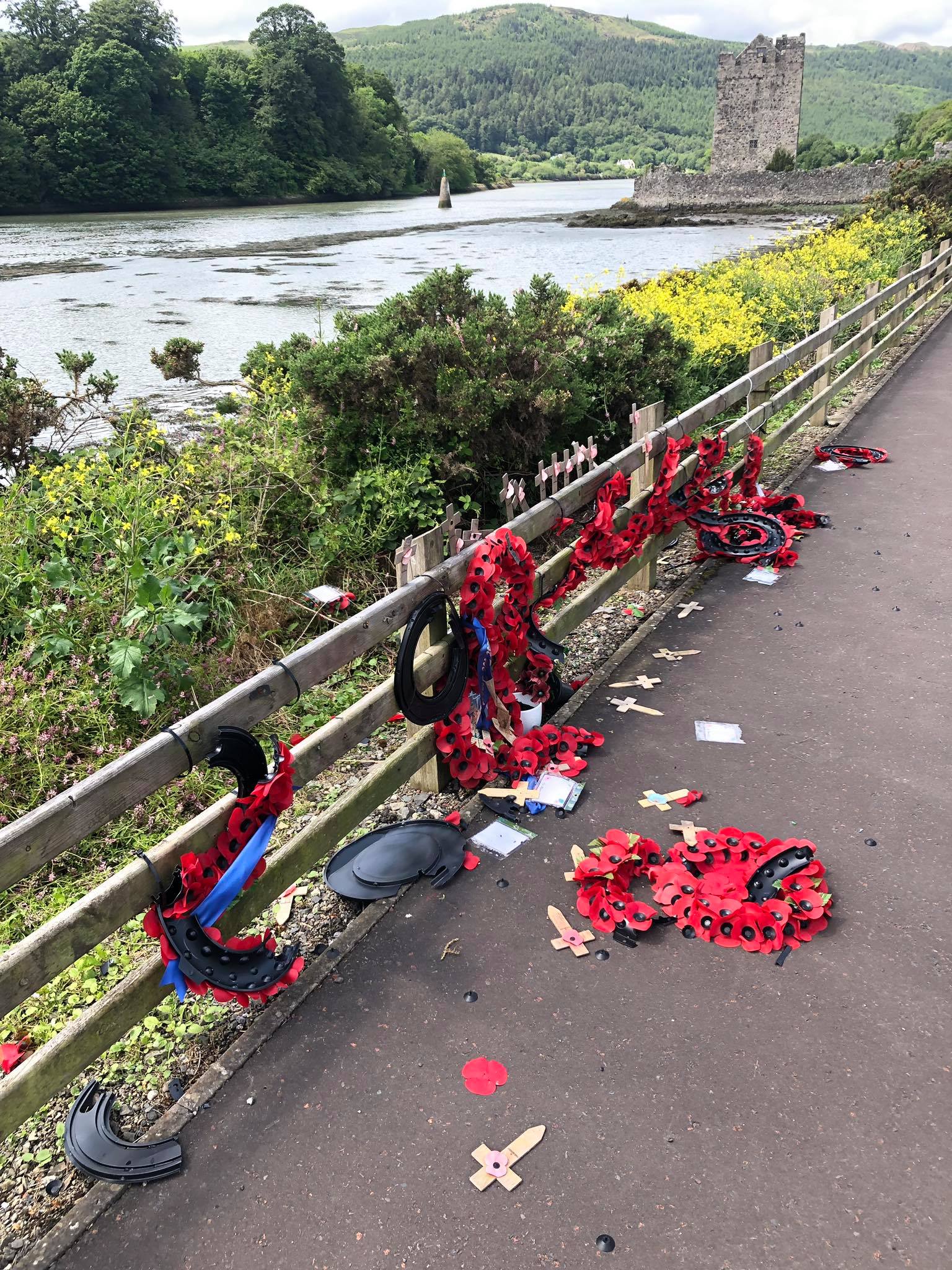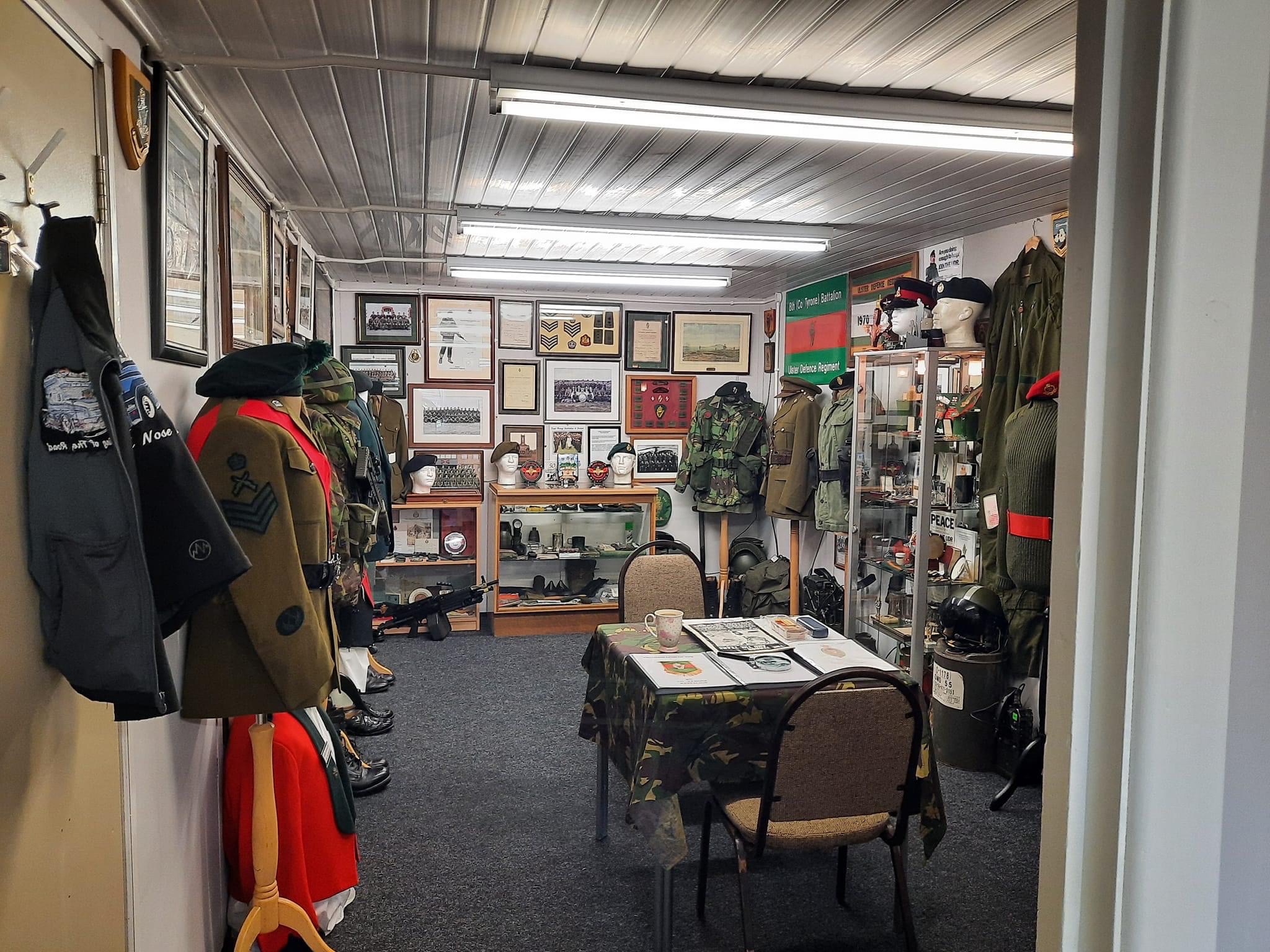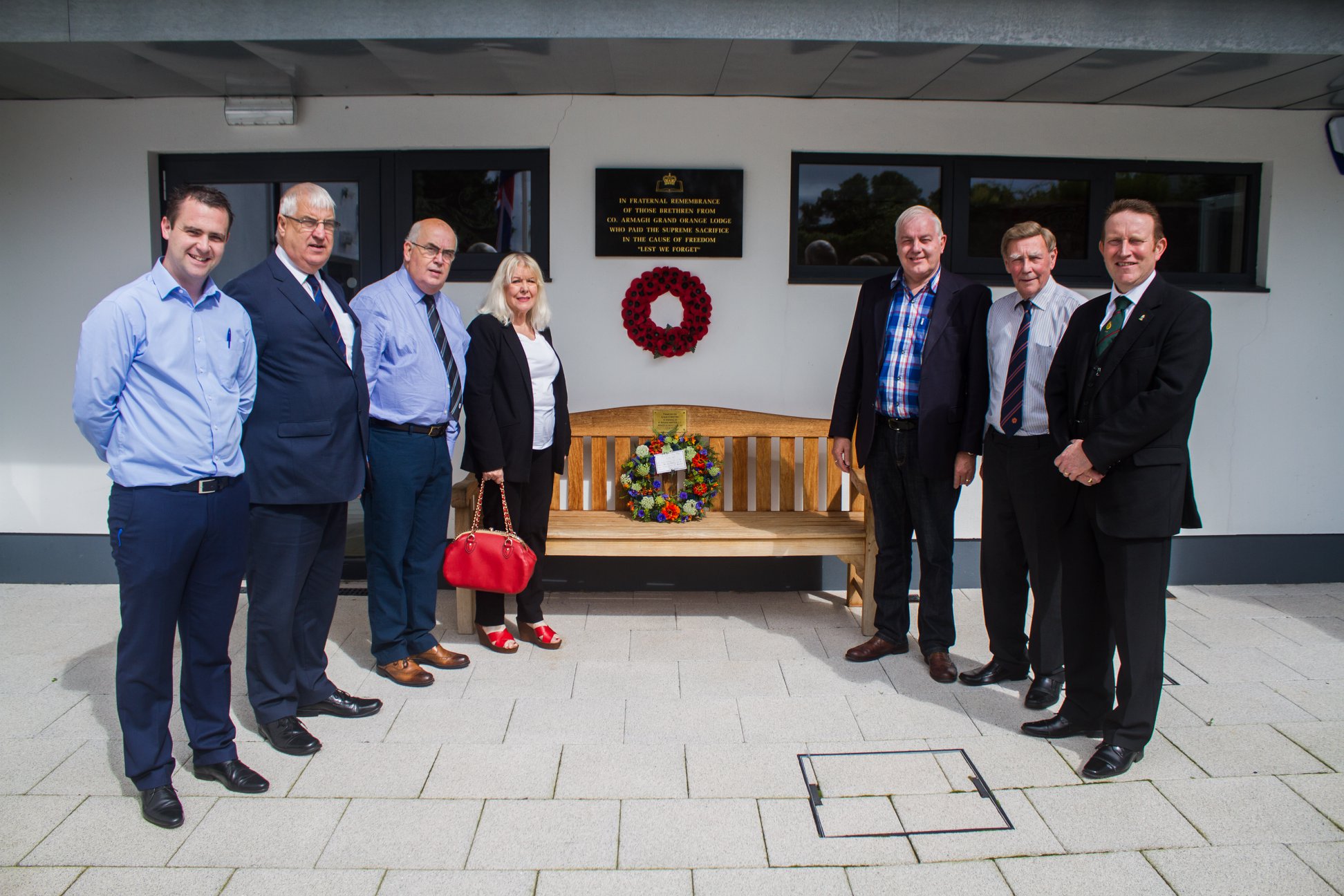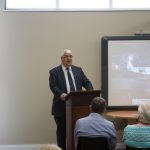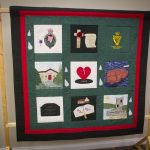FAIR Condemns Memorial Attack
04/10/2022News,Crown Forces,Commemoration
A MARKETHILL-based victims’ group has condemned the vandalism of memorial poppy wreaths at the Narrow Water site where 16 Paratroopers and two Queen’s Own Highlanders were murdered by the IRA in 1979.

Each year, Families Acting for Innocent Relatives (FAIR) organises a memorial service at the site which enables victims and ex-service to pay tribute to the great loss of life and to ensure the soldiers’ families on mainland Britain know that “we remember them”.
FAIR project manager, Molly Carson MBE, said” it was a heavy loss of life of brave soldiers whilst carrying out a peace keeping mission to oppose violence in Northern Ireland”.
“The IRA carried out this atrocity in their usual cowardly fashion, laying their bombs at darkness whilst taking up positions in the South of Ireland, which has always protected them from trial in the North,” she said.
It is clear to see that those who carried out the damage to the memorial wreaths still have hatred and evil in their hearts.
“Their propaganda machine tries to tell the British Government they want a united Ireland and it will be a shared space? I think their actions speak volumes and any decent man or woman in this country should condemn the behaviour which occurred last weekend.
“A mother of a young soldier, placed her wreath securely on that fence whilst she remembered him growing up, when he left home, the last time they spoke, that lady was heartbroken with pain for the loss of her dear son.
“How will this lady feel when she hears that someone filled with hate, who did not even know her son, had destroyed her tribute of remembrance on her first visit to the Province?
“What will be the lasting memory of this family and others present at the Memorial Service?
“FAIR have replaced their wreath of Remembrance and thank-you to those who replaced the others.
“I hope that the Police Service of Northern Ireland will bring those responsible to justice and would ask if anyone saw anything or the registration of a vehicle at the scene late at night to contact the police.
“We will remember them.”
UN Memories Campaign
09/09/2022Civilians,SUPPORT,Commemoration
Memories Campaign

The Memories Exhibition is presented on the occasion of the United Nations Global Congress of Victims of Terrorism - 8-9 September, 2022, UN Headquarters, New York
Part of our shared human experience is an innate desire to attach personal meaning to physical objects: it is something we do from the moment we are born.
Physical objects hold memories, emotions, aspirations: they form links to people who are no longer with us, and they keep us connected to versions of ourselves that were lost or forever changed - sometimes through growth or the passage of time, sometimes by a traumatic event, such as a terrorist attack.
The Memories campaign shares the intimate memories of the victims of terrorism featured in it, as well as the personal meaning tied to physical objects they hold dear. Through film and photography, it highlights these stories belonging to the twenty-two (22) victims of terrorism. Through these objects, the owners have shared their memories and emotions, in a simple but powerful way for audiences to relate to them, to feel their loss and to better understand the importance of remembering and paying tribute to victims of terrorism.
Ultimately, the stories aim to raise a collective consciousness and to create awareness about the importance of preventing terrorist attacks and the ensuing emergence of new victims. The campaign’s “humanization” of victims of terrorism strives to change society’s mindset, behavior, and attitude towards victims.
Click on the map pins to learn more about the victims.

Ahmed Hadji
Kampala, Uganda, 2010

Ahmed Hadji was watching the 2010 FIFA World Cup final match at the Kyadondo Rugby Club in Kampala, Uganda, when an attack carried out by Al-Shabaab took place.
The attack left 74 people dead and 75 injured. After the attack, Ahmed found comfort in the passages of the Quran. He keeps the Holy Book at hand and it reminds him of his responsibility towards other victims and his community.
Ashraf Al-Khaled
Amman, Jordan, 2005

Ashraf Al-Khaled and his wife survived a series of bomb attacks at the Radisson SAS Hotel in Amman, Jordan on their wedding day in November 2005.
Twenty-seven people died as a result of the bombings, including Ashraf's father, who passed away whilst holding his rosary. Ashraf has kept the rosary in memory of his father and it reminds him to speak out and tell his story. It is his way of healing and helping others.
Falmata Bunu
Northern Nigeria, 2015
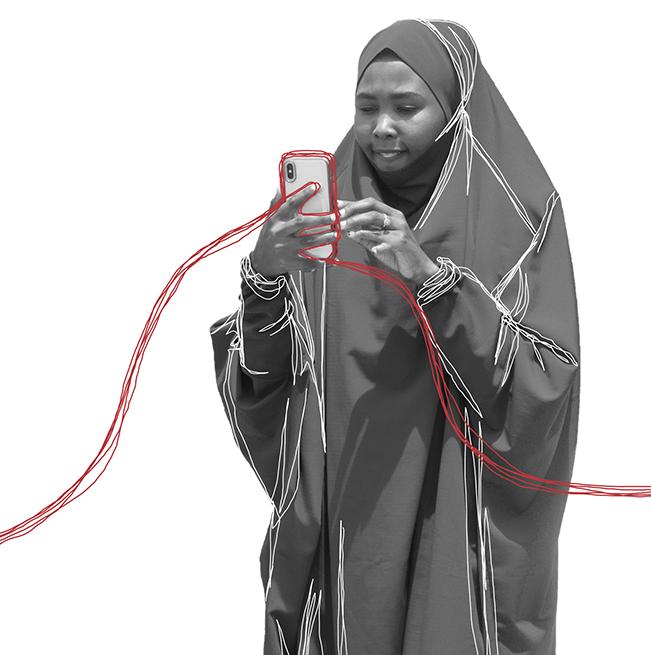
Falmata Bunu was held in brutal captivity for months by Boko Haram after they raided her village in northern Nigeria in 2015.
Now that Falmata is free, chatting with people, particularly through her phone, makes her happy. Falmata uses her phone to feel part of a community. It helps her forget what happened to her, breaks her feelings of isolation and enables her to be closer to people.
Hasan Wahhab
Baghdad, Iraq, 2013
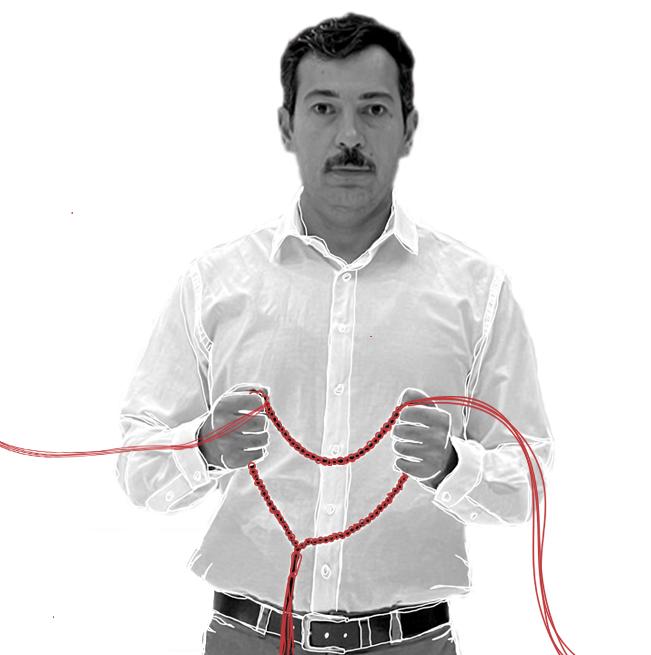
Hasan Wahhab Hadi al-Araji survived multiple terror attacks in Iraq that took the lives of several of his best friends and family members, including two of his cousins.
Forgotten on a chair by one of his cousins, the prayer beads now hang on his rearview mirror in his car. As he drives, looking at the beads inspires him in his mission to foster human rights and the rights of victims.
Iman Muhammad
Sinjar, Iraq, 2014
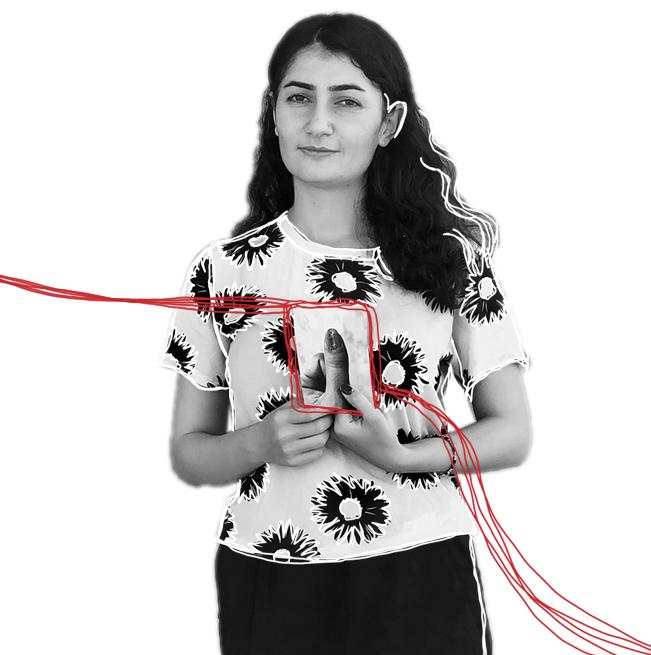
Iman Muhammad was abducted with hundreds of Yazidi girls after Da’esh attacked her village in Sinjar, Iraq in August 2014.
Iman was tortured, traded and forcibly married numerous times. Stripped of her dreams and wishes, she found comfort in her thumb. She would anxiously rub it as she endured the ordeals of her captivity.
Imrana Alhaji Buba
Nigeria, 2010
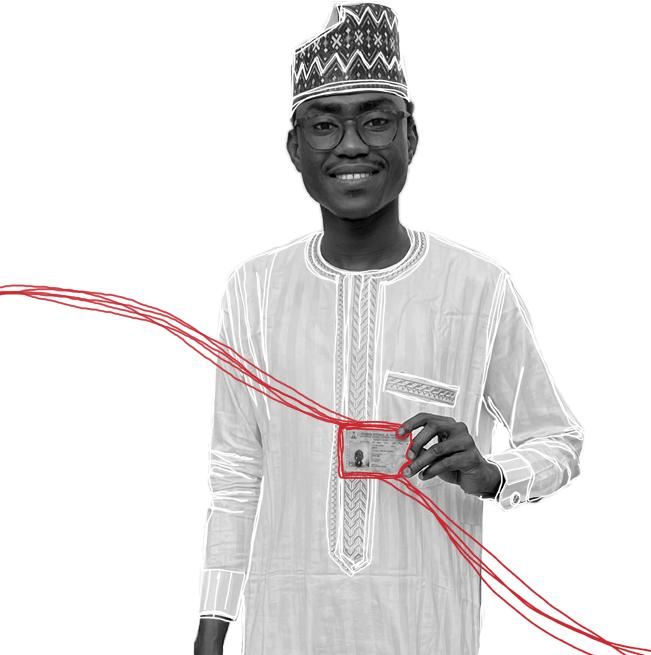
Imrana Alhaji Buba faced a traumatic experience on 6 June 2010 while he was on his way to the University of Maiduguri in Nigeria.
Boko Haram stopped his bus, searched passenger’s belongings and kidnapped several of them. The episode has changed the way he feels about his ID card, an object that determined people’s fate that day. He has since engaged in preventing violent extremism among youth.
Irene Villa
Madrid, Spain, 1991

Irene Villa survived an ETA terrorist attack in Madrid, Spain on 17 October 1991, when she was twelve years old. She and her mother, who was dropping her off to school, suffered severe injuries. Irene has since become a public figure: author, journalist, speaker, activist, and athletic member of Spain's first Paralympic skiing team.
She has met many people on this journey, and a gift from one of them stands out: a graphic poem indicating that the meaning of her name relates to the personal mission she took on for her life.
Janne Palthe
London, England, 2005
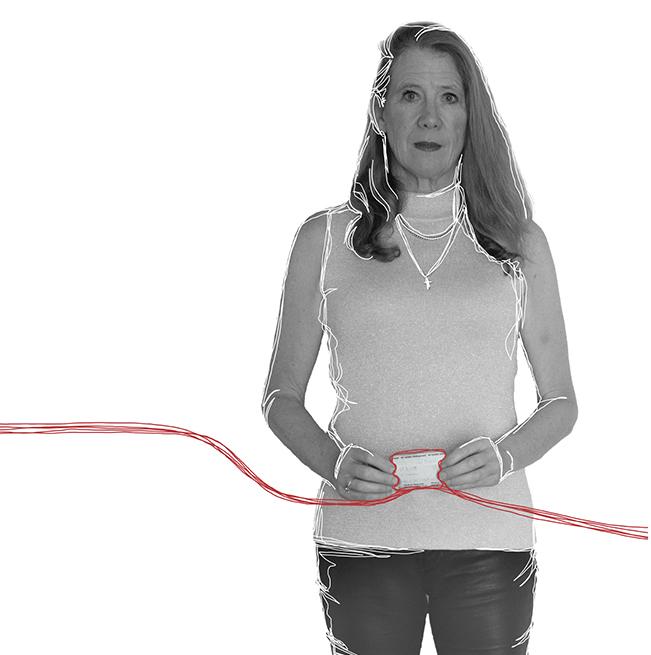
Janne Palthe is a survivor of the London Underground bombings of July 2005.
She keeps her train ticket from 7 July 2008 - the date of the 3rd anniversary of the bombings. The ticket symbolizes her ability to move forward and to be connected with her community of bereaved victims and survivors.
Joseph Pfeifer
New York, USA, 2001

Fire Chief Joseph Pfeifer was the first senior member of the New York City Fire Department on the scene of the 9/11 attacks on the Twin Towers. He took command of the operation in the North Tower, during which he lost his brother — Lieutenant Kevin Pfeifer.
For Joseph, his helmet reminds him of who he was on 9/11 and became a symbol of hope and remembrance of those who lost their lives while saving others.
Julie and Mark Wallace
London, England, 2017
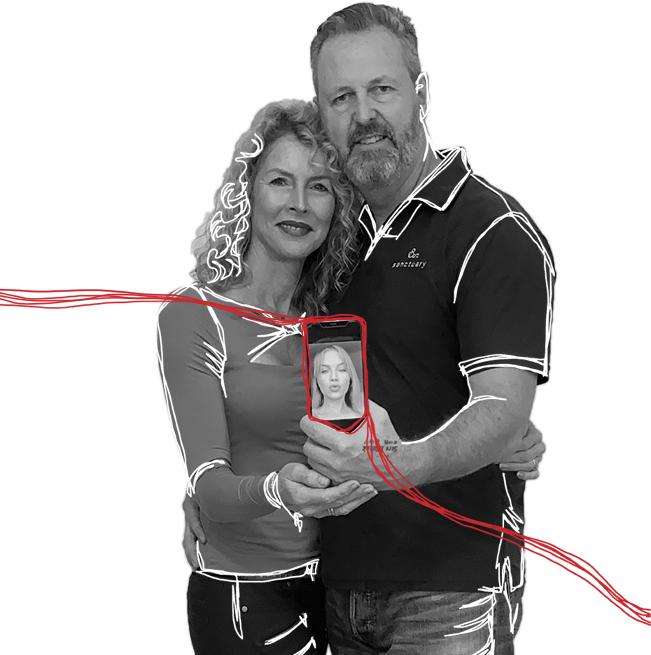
Julie and Mark Wallace lost their daughter, Sara, in the Borough Market attack on 3 June 2017 in London, England.
Sara, aged 21, was working in Europe and kept in touch with her parents over texts and video phone calls while preparing for their reunion. At the time, this connection brought them closer to one another. Today, their phone is a gateway to all the memories of love they shared over photos, chat, emojis and more.
Maysoon Salama
Christchurch, New Zealand, 2019
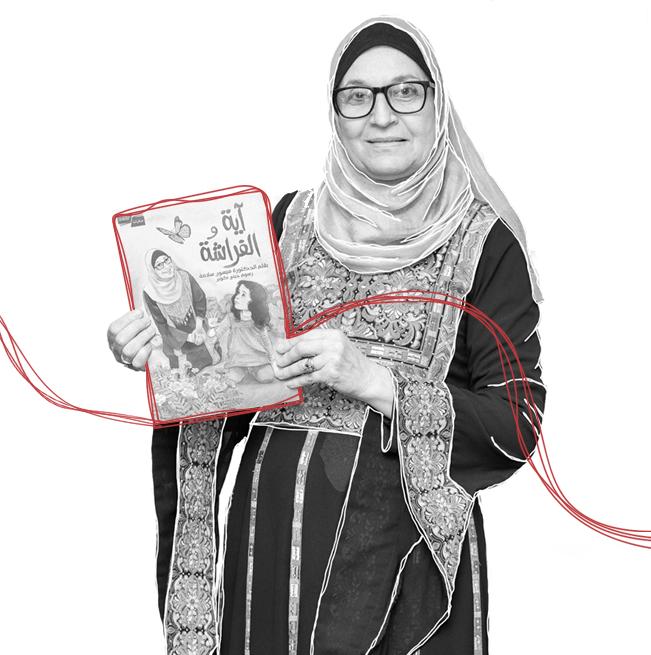
Maysoon Salama lost her son Atta Elayyan in a violent extremist attack that hit two mosques in Christchurch, New Zealand. Atta and his father were in the Al Noor Mosque when a gunman opened fire, killing 51 people and wounding 40.
She is a doctor and the author of a story book written for children dealing with loss and trauma. Inspired by the butterfly life cycle, the book is a tribute to her son and an important mark of Maysoon’s efforts to promote tolerance.
Nanda Olivia Daniel
Jakarta, Indonesia, 2004
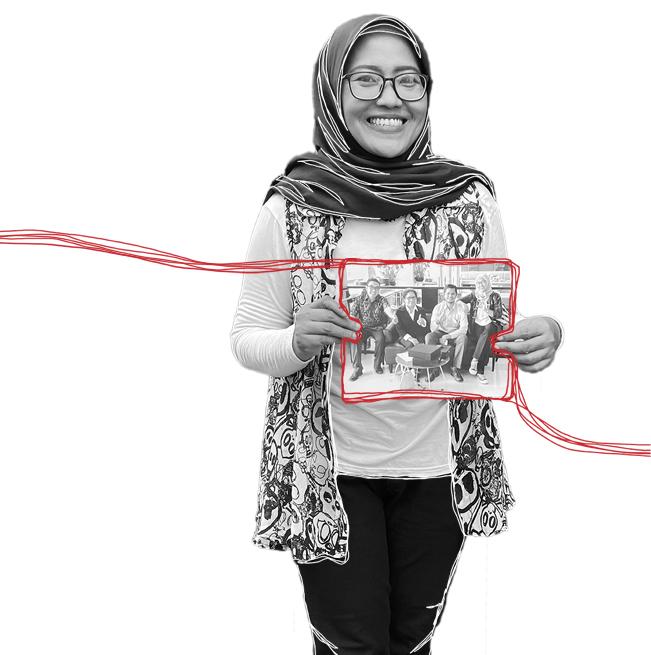
Nanda Daniel is a survivor of the 2004 attack on the Australian Embassy in Jakarta, Indonesia.
Severely injured, she underwent treatment and several surgeries. Friendship, including with other victims, gave her strength to recover and move on. A photo of her and other victims she is close to reminds her of the power of connections.
Nidhi Chaphekar
Brussels, Belgium, 2016
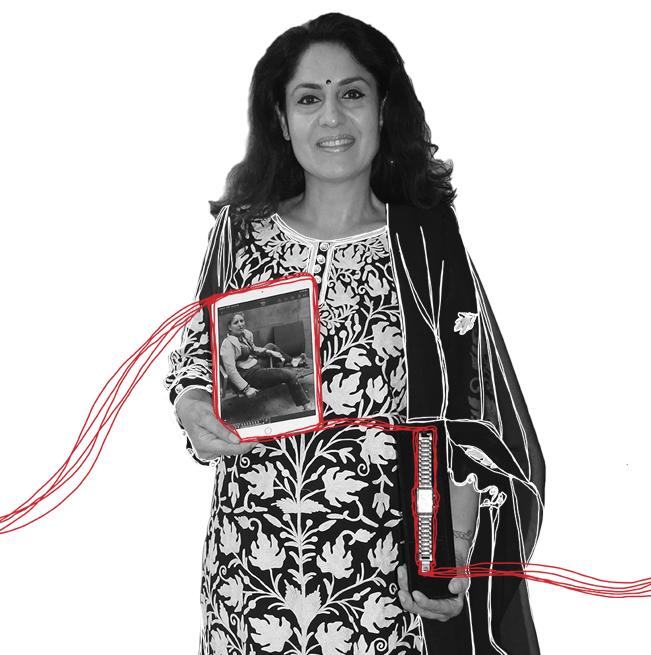
Nidhi Chaphekar is a survivor of the Da'esh bombing at Zaventem Airport in Brussels, Belgium on 22 March 2016.
She was a cabin manager for the Indian airline Jet Airways. For her, the photo, taken moments after the attack, is a symbol of courage and it reminds her that the terrorists never won.
Nigeel Namai
Nairobi, Kenya, 1998

Nigeel Namai was 4 months old when his father was killed in the 1998 attack on the US Embassy in Nairobi, Kenya.
Whenever Nigeel wears a suit, it brings up memories and stories of his father, who was always smartly dressed. He hopes that by wearing a suit his father would be proud of the person he has become.
Parfait Kari Wadjoré
Cameroon, 2014
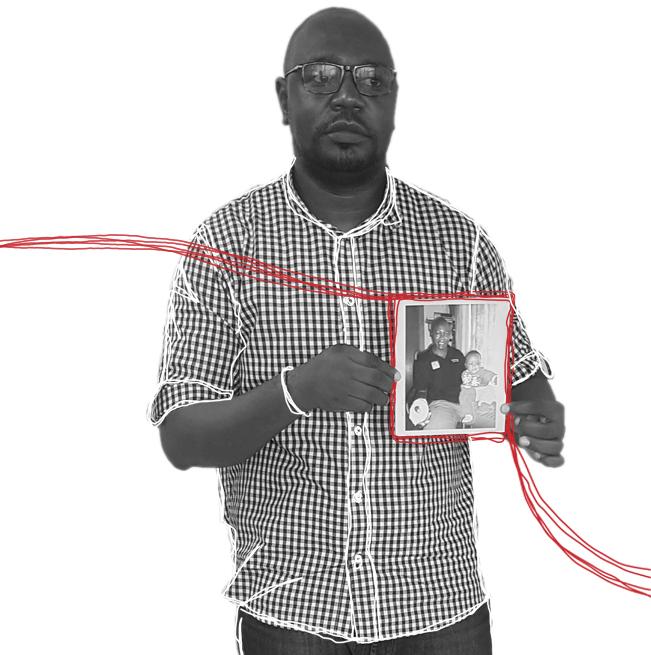
Parfait Kari Wadjoré survived a Boko Haram attack on 19 December 2014 while he and his colleagues were on a business trip to Garoua, in Cameroon.
Reuniting with his son as he recovered from the assault brought back his joy of living and his smile. A 2015 photo taken less than two months after the attack captures what to him is an expression of victory.
Sandra Lescano
Madrid, Spain, 2004

Sandra Lescano is an Ecuadorian survivor of the train bombings in Madrid, Spain in March 2004.
At the time, her daughter was only one year old. The determination to stay alive for her daughter gave Sandra the strength to recover and to keep moving forward. Her daughter continues to provide Sandra with support to overcome life's challenges. By keeping a photo of her daughter on her, she is constantly reminded about the love that surrounds her.
Shannon Silvestri
Boston, MA, USA, 2013

Shannon Silvestri is a survivor of the April 2013 Boston Marathon attack in the United States.
Shannon was there with her two children and friends to watch her husband compete in the race. After overcoming her injuries, Shannon decided to fundraise in honor of the victims and to support survivors of the attack by designing a medal-shaped pin.
Shazia Khan
Pakistan, 2002
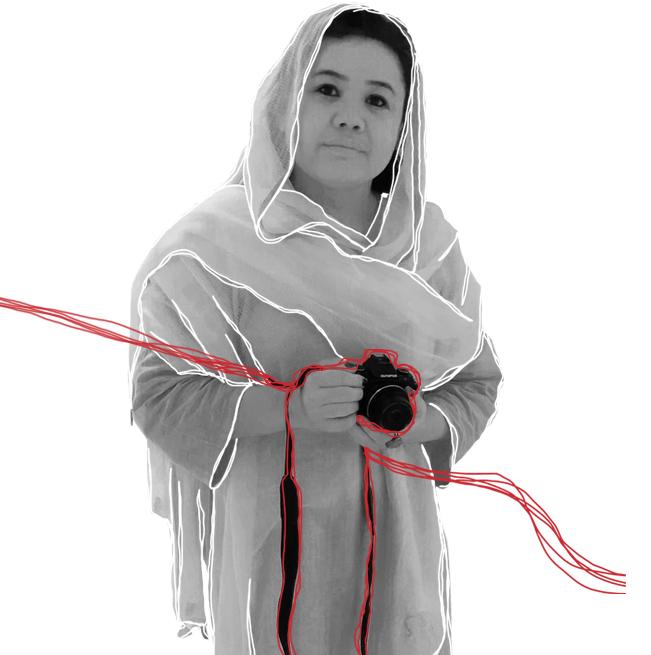
Shazia Khan is a member of the Hazara community from Quetta, Pakistan, and a victim and survivor of terrorism.
She lost her brother in a Taliban attack when she was a child, and later she lost a cousin in a bomb blast in her community. In 2002, she and her mother managed to escape a deadly bombing in her town’s market. Engaged in the protection of the rights of minorities, women and victims, her camera was an important tool to help those around her.
Soad Bedgouri El-Khammal
Casablanca, Morocco, 2003
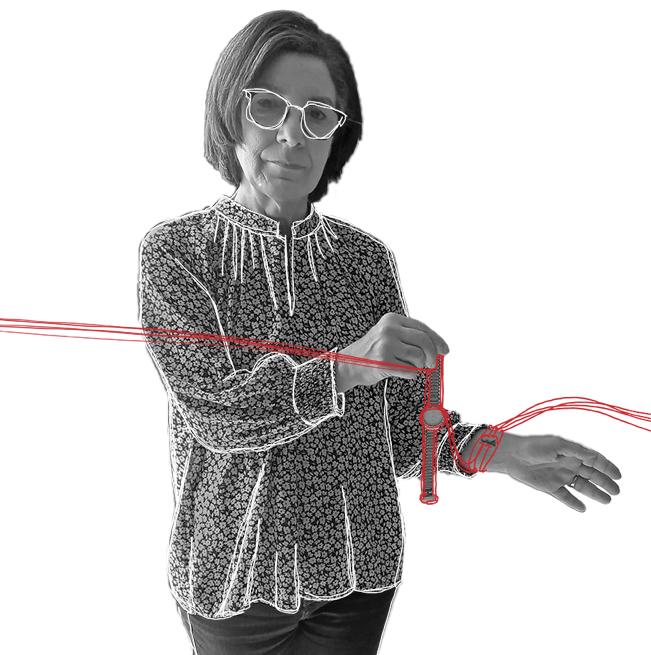
Soad Begdouri El-Khammal lost her husband and her 17-year-old son in the 16 May 2003 attacks which killed 33 people in five synchronized bombings in Casablanca, Morocco.
The moment when time stopped for her husband has been carved into his watch, a belonging Soad retrieved and does not want to be fixed. Soad tattooed her unconditional love for her son onto her skin, to keep him close and always in sight.
Sudirman Talib
Jakarta, Indonesia, 2004
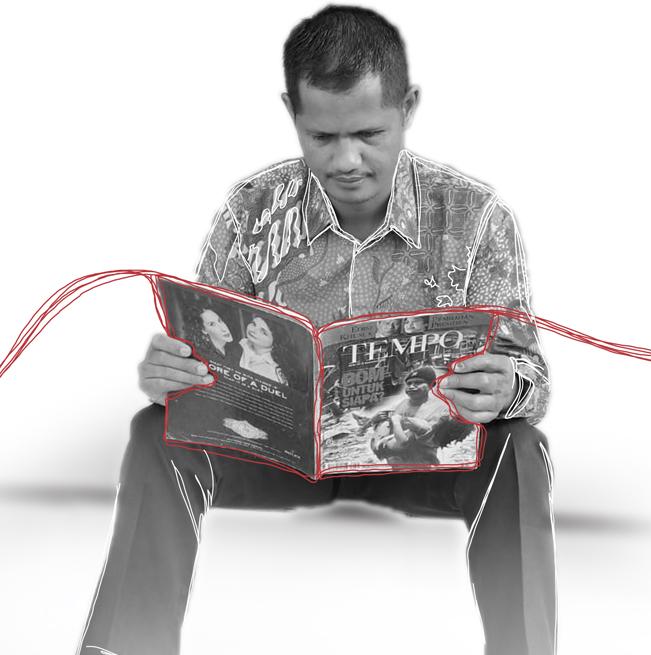
Sudirman Talib is a survivor of the September 2004 attack on the Australian Embassy in Indonesia.
He suffered extensive injuries and trauma from the attack but chose to keep a magazine that features pictures of the attack close to him. The magazine not only helps him tell his story to his family, but reminds him of why he speaks out, and the importance of being heard.
Vera de Benito
Madrid, Spain, 2004

Vera de Benito was 10 years old when she lost her dad in the Madrid train bombings, which killed 192 people and injured many more on 11 March 2004.
For Vera, commemorating victims and being able to speak about what happened helps mitigate the pain. She has since become a journalist. The photo of her father she keeps in her wallet helps her remember the wise person he was and makes her feel like he is still around.
Viljar Hanssen
Utøya, Norway, 2011
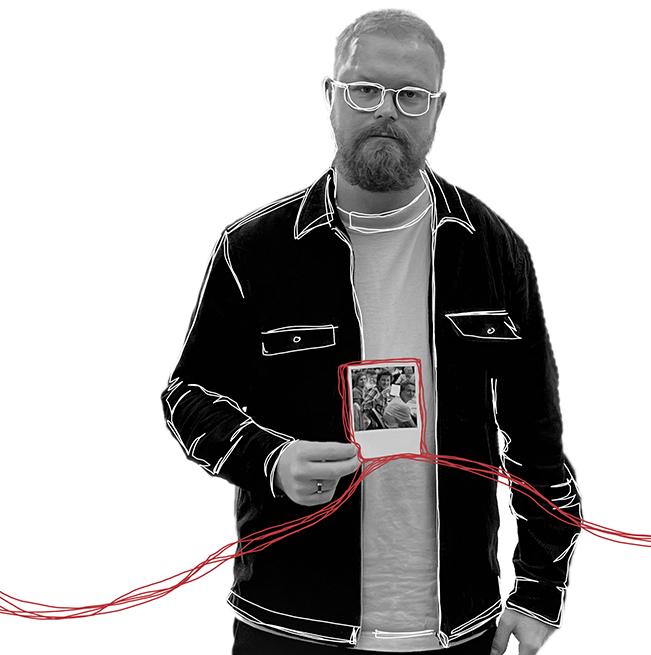
Viljar Hanssen is a survivor of the July 2011 attack at the Utøya summer camp in Norway.
Viljar was severely injured during the attack and faced a long road to recovery. He always carries a picture of himself with two friends who died in the attack as a source of inspiration. The photo reminds him of the youthful energy and optimism they had, and the importance of keeping that spirit alive and knowing that the world continues to be filled with opportunities.
Global Congress of Victims of Terrorism
09/09/2022Civilians,Commemoration,Counter-Terrorism
The first United Nations Global Congress of Victims of Terrorism (“Global Congress”), organized by the United Nations Office of Counter-Terrorism (UNOCT), will be held from 8-9 September 2022 at the UN Headquarters in New York under the theme of “Advancing the Rights and Needs of Victims of Terrorism”. The Global Congress brought together more than 600 participants and will be the world's largest and most diverse gathering of victims of terrorism, Member States, civil society, experts, academics and the private sector convened at this level.

The Global Congress was live-streamed on UN Web TV to ensure virtual participation for victims across the globe and allowed for a diverse audience of stakeholders with the aim of advancing the dialogue and engagement on a victim-centric approach. It was a valuable event and even watching online gave local victims an opportunity to see that they have not been forgotten.
“The Congress aims to encourage genuine interaction between victims of terrorism, associations of victims and Member States on key issues such as protection, remembrance and recognition, access to justice and support and assistance,” said Mr. Vladimir Voronkov, the Under-Secretary- General for Counter-Terrorism, on the occasion of the International Day of Remembrance of and Tribute to the Victims of Terrorism, which was commemorated on 21 August. “An important objective for the Congress is to place issues faced by victims of terrorism high on the international community’s agenda, by providing information, good practices and inspiration with the goal of enshrining the rights of victims of terrorism in domestic frameworks.”
It has given our members a renewed vision for ensuring that their rights and their experience is not forgotten.
UN International Victims of Terrorism Day
21/08/2022Events,News,Commemoration,Counter-Terrorism
International Day of Remembrance of and Tribute to the Victims of Terrorism, 21 August 2022
The fifth International Day of Remembrance of and Tribute to the Victims of Terrorism was commemorated on 21 August 2022. It took place as the world struggles to transition out of the public health emergency triggered by the COVID-19 pandemic and confronted the social transformations it has created or accelerated. At the same time, victims of terrorism continued to experience uncertainty and anxiety as armed conflicts, violent attacks, and terrorist acts around the world continued to make headlines and perhaps exacerbate or trigger their traumas.
Remembrance of and paying tribute to victims of terrorism plays a central role in demonstrating that their status as victims is respected and recognized. The International Day serves to commemorate and uphold the dignity of victims and highlights the importance of global solidarity in ensuring that victims are not forgotten.
The theme was “Memories” and was selected following consultation with victims and victims’ associations. Memories bind us together as if connected by a red thread, a fil rouge: a thread that signifies our common humanity and solidarity with those who have suffered irreparable losses in the most heinous of circumstances.
To mark the fifth commemoration of the International Day, the United Nations Office of Counter-Terrorism (UNOCT) organized a high-level pre-recorded event entitled ‘Surviving Terrorism: The Power of Memories’ to be broadcast on Sunday, 21 August 2022, on UN Web TV. The pre-recorded event was opened by the United Nations Secretary-General, Mr. António Guterres, and featured the participation of the co-Chairs of the Group of Friends of Victims of Terrorism, the Republic of Iraq, and the Kingdom of Spain, testimonies from four victims of terrorism, and closing remarks by Under-Secretary-General for Counter-Terrorism, Mr. Vladimir Voronkov.
The cornerstone of 2022's virtual observance was the “Memories”Opens a new window campaign, launched by UNOCT’s United Nations Counter-Terrorism Centre (UNCCT) earlier this year. Through film, photography, and carefully crafted captions, the “Memories” campaign tells the stories of victims of terrorism from across the globe who share their memories, emotions and the meaning that they attach to a personal object.
THE KINGSMILLS MASSACRE: A CRIME AGAINST HUMANITY?
04/05/2022SERVICES,Advocacy,SUPPORT,Campaigns,Counter-Terrorism
THE KINGSMILLS MASSACRE: A CRIME AGAINST HUMANITY?
On 5 January 1976, ten Protestant workers from a textile factory in Glenanne (County Armagh) were machine-gunned by a group calling itself the south Armagh Republican Action Force. On their way back home from the factory their bus was stopped. The IRA terrorists asked each worker his religion. One of them identified himself as Roman Catholic and the ten others as Protestants. The Catholic workman was told “to get out of the way” and to “run up the road”.
The Protestant workers were lined up and summarily executed by the terrorists with automatic weapons. The scene on the road where nine men lay dead was one of “indescribable carnage” according to a police officer. Only one of them survived, although he was hit 18 times. Ten years later, he described to the Belfast Newsletter what happened that day: “The talk on the minibus that night was no different than normal. There had been talk earlier in the factory that day about the killing of the young Reavey brothers from Whitecross. It horrified us all. We passed through Whitecross village shortly after 5.30 p.m. and when our minibus was stopped, a short distance up the road past Kingsmills crossroads, we thought it was the army. A group of about 12 armed men, unmasked but with their faces blackened and wearing combat jackets, surrounded the vehicle and ordered us all out on to the road. Even then few of us thought there was anything amiss. One man, with a pronounced English accent, did all the talking and proceeded to ask each of us our religion. Our Roman Catholic work colleague was ordered to clear off and the shooting started. It was all over within a minute and after the initial screams there was silence. I was semi-conscious and passed out several times with the deadly pain and the cold. A man appeared on the scene. He was in a terrible state and was praying loudly as he passed along the rows of bodies. He must have heard my groans and came across to comfort me. I must have been lying at the roadside waiting on the ambulance for up to 30 minutes. It was like an eternity and I can remember someone moving my body from one side to the other to help ease the pain”. He also stated “I remained in the Bessbrook area for a time, but as I left my young daughter to school every morning I was confronted by the orphans of men murdered in the massacre. It brought it all back on a daily basis and I decided to move to Scotland. Two years in Scotland helped me to adjust but I knew I had to return home to Bessbrook. Even now when I hear of an innocent person being killed the horror of the massacre all comes back and I can feel every bullet hitting me. Bessbrook lost its heart through that massacre. It was once a vibrant happy community full of life and enjoyment. What was done that night was a sheer waste, a futile exercise that advanced no cause.”
This odious massacre raises the issue as to whether it should be classified as a crime against humanity carried out by IRA terrorists. The offense of crime against humanity was first mentioned in 1915 by the Allied Powers to charge the Ottoman Government for committing the Armenian genocide. Since that time the requirements for establishing a crime against humanity have evolved in customary international law.
Case-law from the Nuremberg Tribunal and the Trial Chamber of the International Criminal Tribunal for the former Yugoslavia have both contributed to the definition of what a crime against humanity is. The Rome Statute, which provides for the International Criminal Court (ICC) to have jurisdiction over crimes against humanity as well as genocide and war crimes, has probably given the most advanced definition of what a crime against humanity is.
Article 7 of the Statute gives a list of eleven acts that are crimes against humanity when committed as part of a widespread or systematic attack directed against any civilian population, including: murder; imprisonment; torture; persecution against any identifiable group or collectivity on political, racial, national, ethnic, cultural, religious, gender … or other grounds that are universally recognized as impermissible under international law, in connection with any act referred to in the same paragraph; enforced disappearance of persons, other inhumane acts of a similar character intentionally causing great suffering, or serious injury to body or to mental and physical health. In the case of the Kingsmills massacre, the act of murder can also be described as one of persecution against civilians because of their Protestant religion.
The Commentary on the Rome Statute indicates two other elements that are required for a crime against humanity to be established: first, the act must be part of a widespread or systematic practice; and second, that practice must be tolerated or condoned by a government or a de facto authority.
As regards the act being part of a widespread and systematic practice, it can hardly be denied that the Kingsmills massacre was part of a widespread campaign of terrorism waged by the IRA and started in 1969. This campaign resorted to extreme violence that was carried out in most areas of Northern Ireland but particularly in the border regions with the Irish Republic. The wide practice of atrocities involved murders, tortures, abductions and enforced disappearances of people, intimidations, threats mainly against Protestant people and all those who were opposed to IRA violence and/or their political aims. The Kingsmills massacre, which was a most barbaric atrocity, was part of the widespread IRA terrorist campaign and was not an isolated or sporadic act.
The last element required for a crime against humanity to be established is that the practice or policy must be tolerated or condoned by a government or a de facto authority. Initially, the practice or policy had to be that of a State, as was the case in relation to Nazi Germany. However, since the Nuremberg Tribunal, customary international law has developed to take into account forces which, although not those of the legitimate government, have de facto control over a defined territory. The authority could be an entity exercising de facto control over a particular territory without the formal status of being the government of a de jure State, or it could be a terrorist organisation . The issue that needs to be considered is whether or not the IRA had control over part or the whole of the territory of Northern Ireland. To answer that question one must examine the political aims and practice of the IRA. This terrorist organisation has always stated that they were opposed to the legal and legitimate authorities of the United Kingdom, which they wanted to eliminate. The IRA instituted itself as an authority controlling extended areas, as they demonstrated by taking control of the Bogside quarter of Londonderry in 1969. Since the beginning of the terrorist campaign, the IRA has developed as a de facto authority in Northern Ireland, ruling by fear and violence in pursuance of their political aim to destroy the recognised British authorities and eventually exercise control in their place. By means of terrorist activity, the IRA has indeed succeeded in accessing the government of Northern Ireland while maintaining the Army Council so as to retain their ability to return to widespread violence if necessary. Behind the appearance of a legitimate government, even today the IRA is exercising a de facto control over the territory of Northern Ireland.
If we apply the criteria of the developed customary international law with a clear understanding of the political objectives pursued and achieved by the IRA, the Kingsmills massacre can be described as a crime against humanity for which those responsible should be prosecuted.
Service and Supreme Sacrifice
04/04/2020Citizen Soldiers,Crown Forces
For over 30 years the brave men and women of the UDR defended Northern Ireland from Irish Terrorists namely the IRA. Today they are in Iraq and Afghanistan.
RIR the Royal Irish Regiment formerly the UDR, Ulster Defence Regiment
The Ulster Defence Regiment (UDR) was an infantry regiment of the British Army. It was a locally raised, part time and full time unit, intended to carry out security duties within Northern Ireland. It was amalgamated in 1992 with the Royal Irish Rangers, forming the Royal Irish Regiment (27th (Inniskilling) 83rd and 87th and Ulster Defence Regiment).

Birth of the Regiment
The birth of the Regiment was a result of the civil unrest of the late 1960s which had threatened to overwhelm the Royal Ulster Constabulary and which had led to the deployment of Regular Army units to assist the police. In 1969 the Hunt Report recommended the disbandment of the Ulster Special Constabulary and its replacement by a reserve element of the RUC and a locally-recruited part-time force, The Ulster Defence Regiment.
7 Battalions
Initially the Regiment had seven battalions: 1st (Co Antrim); 2nd (Co Armagh); 3rd (Co Down); 4th (Co Fermanagh); 5th (Co Londonderry); 6th (Co Tyrone) and 7th (City of Belfast). The UDR achieved the remarkable distinction of carrying out its first operational duties on the day on which it was formed, 1 April 1970.
1972
In 1972 four additional battalions were added to the Regiment's strength: these were 8th (Co Tyrone); 9th (Co Antrim); 10th (City of Belfast) and 11th (Craigavon) Battalions. By the end of 1972 the complement of The Ulster Defence Regiment had reached 9,200, its greatest strength. The regiment had been "called out" for periods of full-time service to meet operational requirements, including Operation Motorman in 1972.
Greenfinches
The following year, 1973, saw the introduction of female soldiers to the Regiment to carry out searching of females. From the beginning women were fully integrated, wearing the Ulster Defence Regiment's cap badge in which respect the Regiment was almost twenty years ahead of the rest of the Army. The women soldiers quickly became known as Greenfinches, a popular nickname which has stuck down through the years. More importantly, they played a vital part in the Regiment's operational role.

Operational Effeciency
From its earliest days, when patrols sometimes deployed in private cars and patrol commanders had to report in from telephone kiosks because of the inadequate range of the first radios, the Regiment rapidly increased its operational efficiency to the point where it was able to assume tactical responsibility for 85 per cent of Northern Ireland as the first line of support for the Royal Ulster Constabulary. As a result, the number of full-time soldiers also increased and by 1980 full-timers were in the majority.
Expertise
The Regiment had its own training establishment at Ballykinler which became its Depot and provided further training for the Regiment's soldiers in a range of skills. All ranks also began attending Regular Army courses at the Schools of Infantry, Intelligence and Military Engineering. As soldiers of the Ulster Defence Regiment concentrated on the internal security role the Regiment built up an expertise in such duties that remains unrivalled throughout the Army. Links were also created with the Army's administrative divisions which provided key personnel, including commanding officers, for their affiliated UDR battalions. Short tours with UDR battalions were also offered to officers throughout the Army.
Reductions
Further improvements in operational efficiency heralded a reduction in the number of battalions; in 1984, there were amalgamations in Antrim and Belfast to create 1st/9th (Co Antrim) and 7th/10th (City of Belfast) Battalions. The Regiment retained nine battalions until 1991 when 2 UDR and 11 UDR amalgamated as 2nd/11th Battalion, The Ulster Defence Regiment, and 4 and 6 UDR became 4th/6th Battalion.
Presentation of Colours
In 1991 the Regiment came of age: twenty-one years after formation, Colours were presented to four battalions at Lisburn by Her Majesty The Queen. This was a singular honour since it is rare that the Sovereign personally presents Colours, except to the Household Division. The remaining battalions received their Colours before The Ulster Defence Regiment became part of The Royal Irish Regiment.
Freedoms
The City of Belfast and a number of boroughs throughout Northern Ireland paid their own tribute to the Regiment by granting Freedoms while the community relations work of 7th/10th (City of Belfast) Battalion was recognised by the award of the Wilkinson Sword of Peace for 1990.

Today the RIR Ulstermen are in Afghanistan
A Heavy Price Paid for Peace
The price paid by The Ulster Defence Regiment was high: 197 soldiers were killed, the majority were off-duty, and a further 60 were killed after they had left the UDR. On the Regimental Roll of Honour the first name is that of Private Winston Donnell of 6 UDR, shot dead at a vehicle checkpoint near Clady, County Tyrone, on 9 August 1971. The Regiment had been called out following the introduction of internment that day.
Murdered
The men, and women, of the Regiment were not safe anywhere, nor at any time: more personnel were murdered while off duty, either at home or in the course of their civilian employment, than lost their lives in uniform. Even those who had left the Regiment did not always find safety; forty-seven former soldiers have been murdered after ceasing to be UDR personnel. Others, especially in the Fermanagh border area, were forced to move to safer areas and had to sell their homes and, sometimes, their land as a result of imminent terrorist threat.
Fortieth Anniversary of Narrow-water

A service has taken place near Warrenpoint to mark 40 years since 18 soldiers died (Picture: PA).
Veterans have gathered at a roadside at Narrow Water, County Down, to remember 18 soldiers who were killed at the spot by two IRA bombs 40 years ago.
More than 200 veterans, politicians and local people were present for a service and wreath-laying ceremony on the banks of Carlingford Lough.
Those in attendance include survivors of the atrocity which took place on 27 August 1979 close to Warrenpoint.
The IRA exploded the remote-control bombs from a firing point on the other side of the river, in the Republic of Ireland.
Six soldiers travelling in an Army vehicle were killed by the first bomb, which was planted in a hay lorry parked at the side of the road.
As colleagues arrived to help, a second device exploded 30 minutes later, killing 12 more troops.

It was the highest death toll suffered by the Army on a single day in Northern Ireland.
The service remembering the incident comes on the same day as a service at Mullaghmore in County Sligo to commemorate the 40th anniversary of the IRA murder of Second World War commander Lord Louis Mountbatten and three others.
A bomb on board a fishing boat killed the Queen's second cousin, two members of the former First Sea Lord's family and a Co Fermanagh teenager.
The mother and father of Paul Maxwell, the Fermanagh teenager who died, were among those who gathered for the outdoor service on a clifftop overlooking the scene of the atrocity.
FAIR Memorial Quilts Display
28/09/2018Cat 1,News,STORIES,SUPPORT,Commemoration
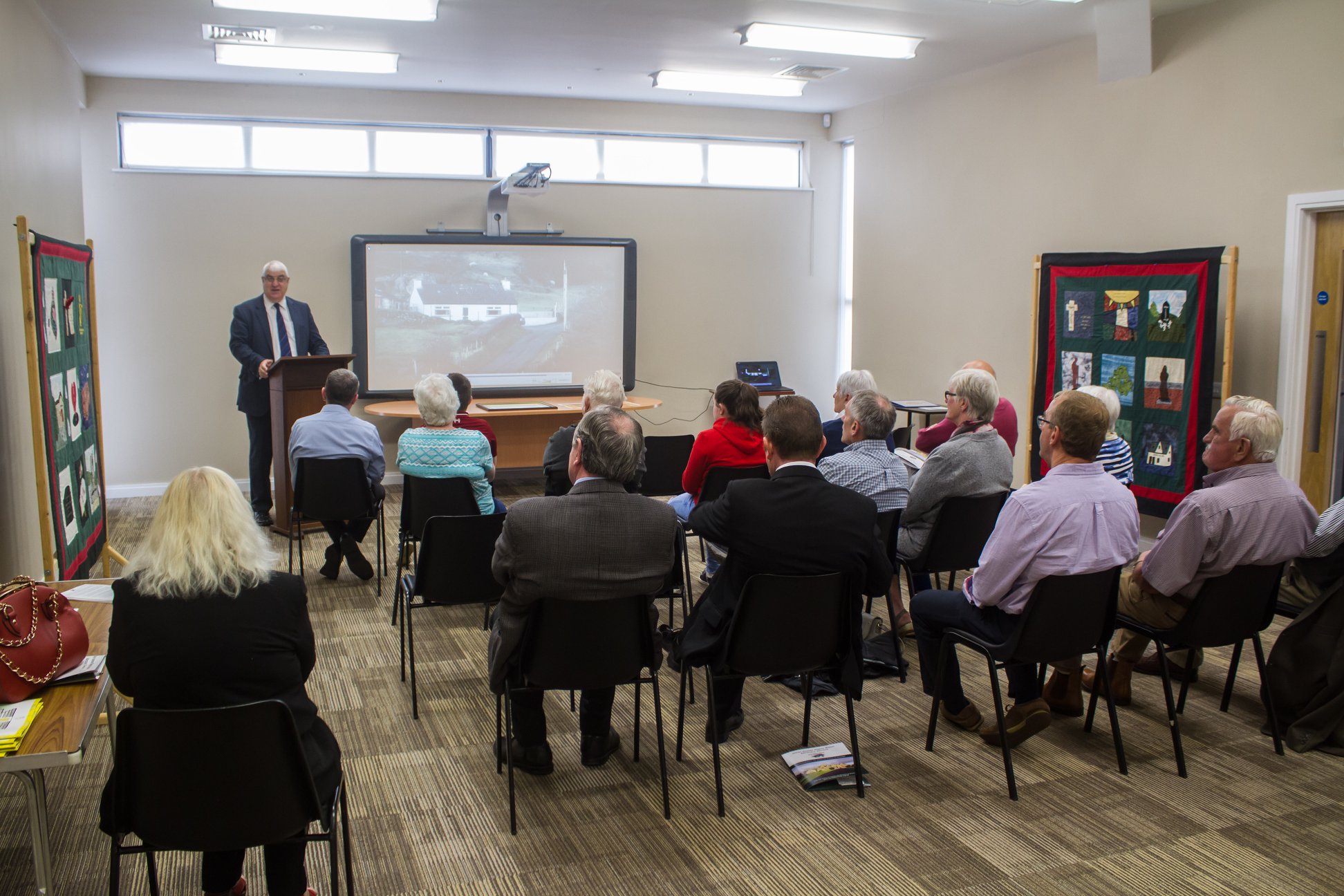
European Day for Victims
06/03/2018Events-Activities,SUPPORT,Commemoration
Members of Families Acting for Innocent Relatives attended an event hosted today at Parliament Buildings, Stormont to mark the European Day for Victims of Terrorism.
A memorial quilt exhibition serving as a tribute to innocent victims of terrorist violence was also launched at Parliament Buildings.
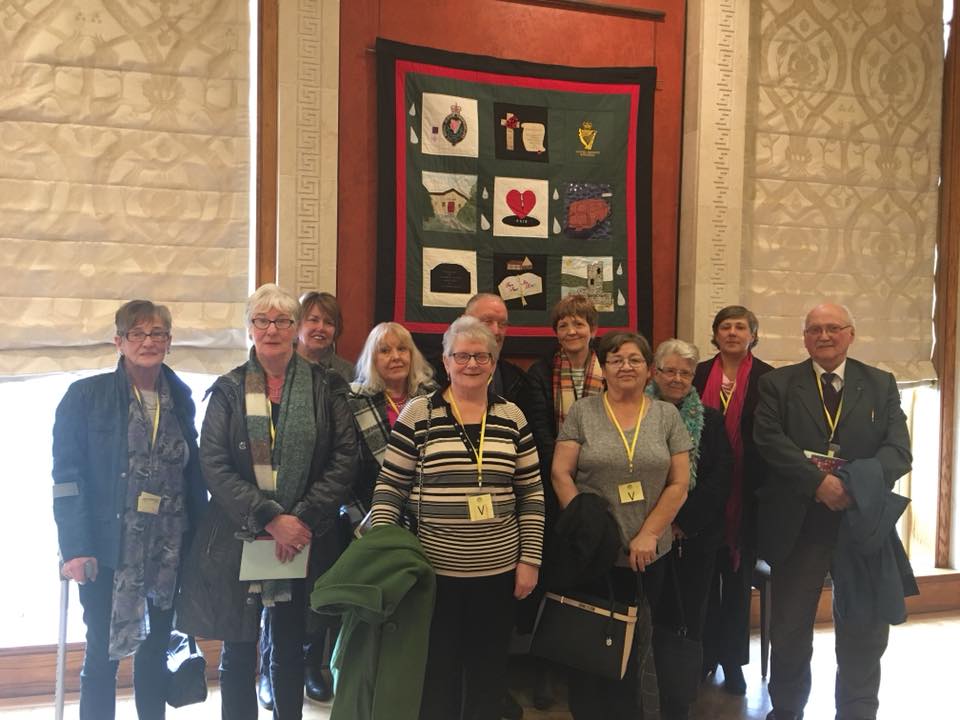
A number of quilts created by members of Families Acting for Innocent Relatives will be on display at Parliament Buildings during the period of the exhibition which runs between Tuesday 6th March and Monday 19th March.
Our photograph shows members of our group beside one of the FAIR quilts on display at Stormont.
As you can see from the Quilt there are tear drops on the quilt to represent the tears shed by so many victims and indeed the ladies who sewed the quilt in 2004 namely, Molly, Ann, Betty, Ruth and Eva. It represented some of the worst atrocities carried out.
Memorial Attacked
02/06/2015Advocacy,News,Commemoration
FAIR Chairman Harry Bell MBE spoke out after the most recent attack on a victims memorial in South Armagh. The latest memorial on the Ballymoyer Road marks the spot where his brother Johnny Bell was murdered by the PIRA in 1975.
Police in Newtownhamilton are appealing for information after damage was caused to a memorial plaque in south Armagh. A PSNI spokesperson said the criminal damage happened during the early hours of yesterday, Sunday, May 10, on the Ballymoyer Road at the junction of Ballymoyer Lane.
The memorial had been erected to UDR Lance Corporal David John Bell, who was murdered by the IRA 40 years ago.
Newry and Armagh Ulster Unionist MLA Danny Kennedy condemned those responsible.
He expressed his disgust at “an act of vandalism on a memorial erected for an off duty soldier murdered by IRA terrorists in South Armagh in 1975”.
Mr Kennedy said: “This act of wanton vandalism is another disgraceful attack against innocent victims of terrorism in South Armagh.
“It is very upsetting for Mr Harry Bell MBE , the only surviving family member and brother of Johnny Bell, who was shot and murdered driving home from his place of work by the IRA on 6 November 1975.
“It seems that 40 years later, there is an element of society which cannot bear to be reminded of the murderous past of republicans in this part of Northern Ireland. They will not succeed.
“The memorial to Ulster Defence Regiment L/Corporal David John Bell will be repaired. We will remember with gratitude brave men like Johnny Bell, and the sacrifice they made to keep the entire community safe and free.”

